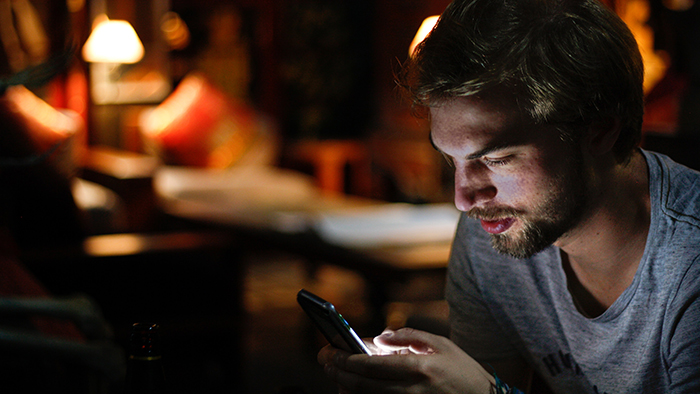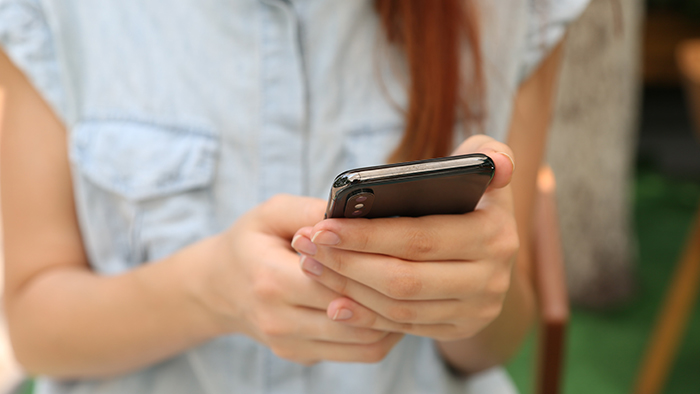How often are you on your phone? You’re probably on it right now, but if you had to guess an actual chunk of time you spend each day with a screen in your face, what would that guess be?
Well, there’s a feature on most phones that no one wants but everyone needs: screen time. The first time I saw mine, it almost knocked me on the floor. That can’t be right, can it? It said I spent hours looking at that little rectangle and picked it up 100+ times every day. I was in denial, but the numbers don’t lie.
Managing smartphones
Smartphones are incredible — no screen time app will convince me otherwise. We use them to manage every aspect of our daily lives, and for many people, they’re invaluable for running big businesses. But we can also let them get away from us with “doomscrolling,” endless social media consumption, and an unhealthy level of overuse.
Smartphones aren’t a drug we should quit, but instead a tool we should master. If your phone plays an important, productive role in your life or business but you feel your screen time is getting away from you, these are four ways to get back on track.
1. Change your settings

There are settings to help make phone use happier and healthier. A big problem with too much screen time is eye strain. Bright, blue light is harsh on the eyes over time, and most phones help mitigate (but not eliminate) this with two settings: warm tone and dark mode.
Warm tone shifts the cool, blue tint of your phone and its apps into a warmer, redder tone that’s easier on the eyes.
Dark mode is a new feature that switches light or white backgrounds to dark or black ones. You’ve probably noticed the trend toward dark mode in most of your favorite apps.
2. Stick to limits
One thing I learned quickly about my phone overuse was that if it was within reach, I was going to use it. Keeping your phone out of sight during crunchtime at work, important moments with family, or any time you want to free yourself from distractions is key. And if you don’t trust yourself with the temptation, smartphones have settings to discourage use during certain hours of the day.
3. Use automation

This one’s for the business owners out there. When there’s work to be done, locking the phone or keeping it out of sight isn’t an option. So, what do you do?
The key is to do more with less time, and that’s where automation is helpful. Apps like Penny Beta use artificial intelligence to manage and organize your business so you can spend less time buried in a screen and more meaningful time away from it.
4. Prioritize mental health

While it affects young people more than adults, no one is exempt from the mental toll smartphones and social media can have on your health. We should prioritize a good relationship with our phone, the people we interact with through our phones, and how we interact with them. Make sure your mental health always comes first.
We shouldn’t see smartphones as a vice because there are many ways they can improve our daily lives. The key is to make sure the phone works for you and not the other way around. Do that, and consider yourself officially unhooked from the screen.






